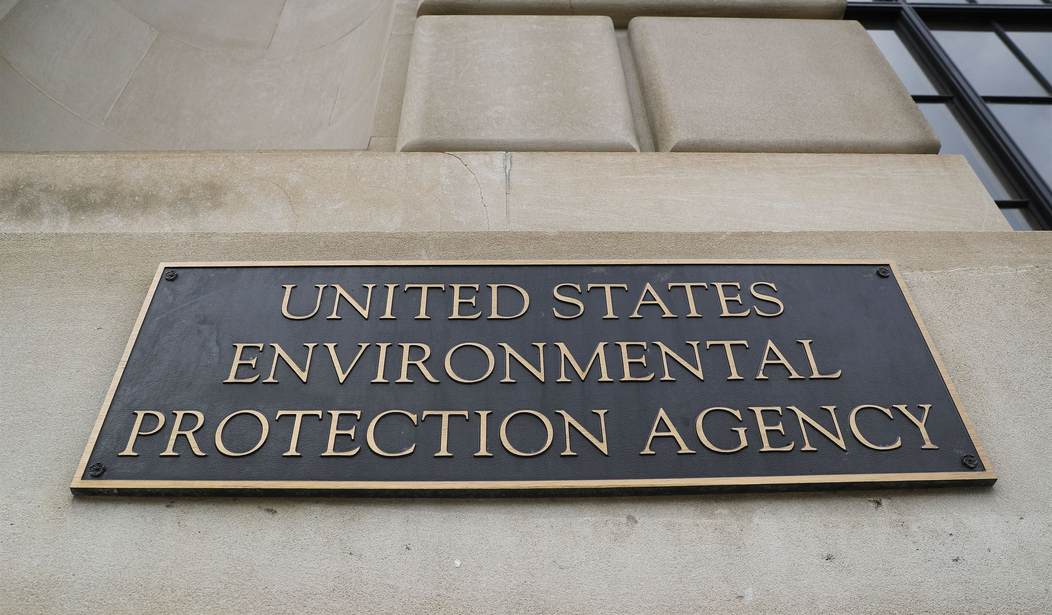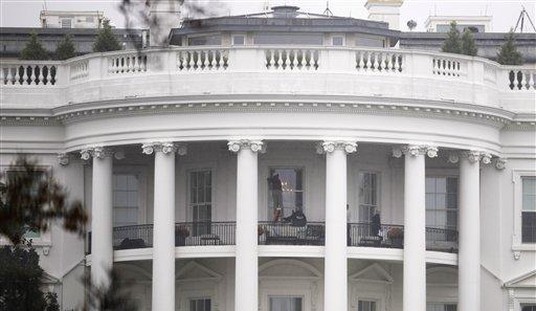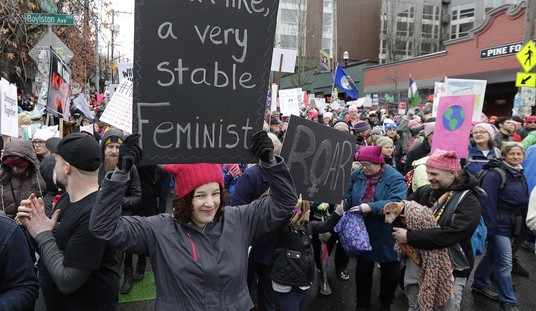Most people are unaware of the Environmental Protection Agency’s (EPA) “Carbon Dioxide Endangerment Finding” or what it means to them.
The “Endangerment and Cause or Contribute Findings for Greenhouse Gases Under Section 202(a) of the Clean Air Act”, as it is formally known, was issued in 2009. It specifically requires the EPA to apply the Clean Air Act to reduce emissions of carbon dioxide and other “greenhouse gases” from vehicles, power plants, and other industries.
The Clean Air Act, enacted in 1963, was designed to limit air pollution within the United States and it has worked well. Since then, air pollution has been reduced dramatically. However, the Supreme Court ruled in 2007 that greenhouse gases, and specifically carbon dioxide, are air pollutants and, thus, the EPA is obligated to limit their emissions to protect the public health and welfare.
While reducing pollution is a laudable goal, is carbon dioxide really a pollutant? In elementary school, students are taught that plants use carbon dioxide as it is essential for photosynthesis. Indeed, commercial greenhouses often enrich carbon dioxide up to four times the natural concentration. This is because plants will grow faster, become more water efficient, and improve their overall quality under increased carbon dioxide concentrations.
Even Ms. Janine Benyus, a Rachel Carson Environmental Ethics Award Winner, explains, “After all, only humans see carbon dioxide as the poison of our era. The rest of nature sees it as a building block. Plants use carbon to make sugars, starches, and cellulose. Corals use carbon to build reefs, and mollusks use carbon to manufacture their shells.” Indeed, the net effect of elevated carbon dioxide – either in a greenhouse or on Earth – produces both more food and causes a greener planet.
Former President Jimmy Carter once noted, “…an obvious but often overlooked path to peace [is to] raise the standard of living of the millions of rural people who live in poverty by increasing agricultural productivity” and “Thriving agriculture is the engine that fuels broader economic growth and development, thus paving the way for prosperity and peace” [emphasis added]. From 2012 to 2050, the projected benefit of rising atmospheric carbon dioxide will include an added $9.8 trillion (an average of $251 billion per year) of crop production – and that does not include the benefit of added growth to things other than agricultural crops, such as forests and grasslands.
Recommended
Indeed, by accentuating plant and agriculture growth, carbon dioxide can help feed a growing world in dire need of food resources. So, why should carbon dioxide be labeled as a “pollutant” and its production aggressively reduced?
The science that underpins the “Endangerment Finding” relies primarily on the United States Global Change Research Program’s 2009 National Assessment of Climate Change Impacts on the United States. These results are based largely on climate model simulations of the Earth’s climate as projected from rising concentrations of atmospheric carbon dioxide. But these models are tuned to yield specific outcomes which have been shown to systematically overestimate the observed warming of the globe and, specifically, the upper tropical troposphere. Future warming is likely to be at the lowest bound of these model results.
Calculating the social cost of carbon – the dollar value of the economic harm resulting from carbon dioxide emissions – is extremely problematic. Estimates depend heavily on the assumptions used to calculate it, and thus politicians usually select scenarios that justify their desire to increase energy prices and enact governmental restrictions. What is usually never included in this calculation are the benefits, both direct (e.g., on plants) and indirect (e.g., through inexpensive energy) that carbon dioxide emissions have on society in general.
But despite that carbon dioxide is plant food and is not a pollutant, why are you endangered by this finding?
If carbon dioxide is treated as a pollutant, everything that emits carbon dioxide can be restricted or taxed. The long-term impact of forgoing fossil fuels – the largest source of human-induced carbon dioxide in the atmosphere – will cause energy and all that depends on it to become more expensive. Costs of growing food, developing clothing, building housing, providing fuel for heating, cooling, and cooking, and transporting the goods (and even people) needed to provide these necessities of life will skyrocket. Do we want the poor to choose between food and heating their homes?
Raising the price of energy will make living more difficult for all but the country’s richest citizens. The so-called “solution” to global warming will have no influence on the Earth’s climate but instead, will adversely impact most Americans.
The irony of the “Endangerment Finding” is that while the EPA’s Clean Air Act was designed to protect the environment, the ruling that carbon dioxide is a pollutant will, in fact, lead to environmental degradation. Hybrid cars and wind turbines require large quantities of neodymium and dysprosium for their magnets, and indium and tellurium are required to build solar panels. To mine these minerals, environmentally degrading strip-mining exposes workers to toxic and dangerous conditions. Soil and groundwater become contaminated by wastewater from such mines. “Clean energy” is anything but clean.
Moreover, when the poor lack food, clothing, shelter, or security, how can they be good stewards of their environment? Inexpensive energy can lift the poor from conditions of poverty. Energy allowed our economy to develop, our citizens to have more free time for innovation and recreation, our public health to increase, and our environment to become cleaner. Abundant, affordable, and reliable energy – the kind provided by fossil fuels – is necessary for all to be better stewards of our environment.
As Dr. Sylvan H. Wittwer, former director of the Agricultural Experiment Station at Michigan State University concluded, “The rising level of atmospheric carbon dioxide could be the one global natural resource that is progressively increasing food production and total biological output in a world of otherwise diminishing natural resources of land, water, energy, minerals, and fertilizer…The effects know no boundaries and both developing and developed countries are, and will be, sharing equally.”
Isn’t guaranteeing inexpensive energy a better solution to protect our environment and the poorest among us?
David R. Legates, Ph.D., is a Professor of Climatology at the University of Delaware, a Senior Fellow of The Cornwall Alliance for the Stewardship of Creation, and a Director of the Science and Environmental Policy Project.

























Join the conversation as a VIP Member